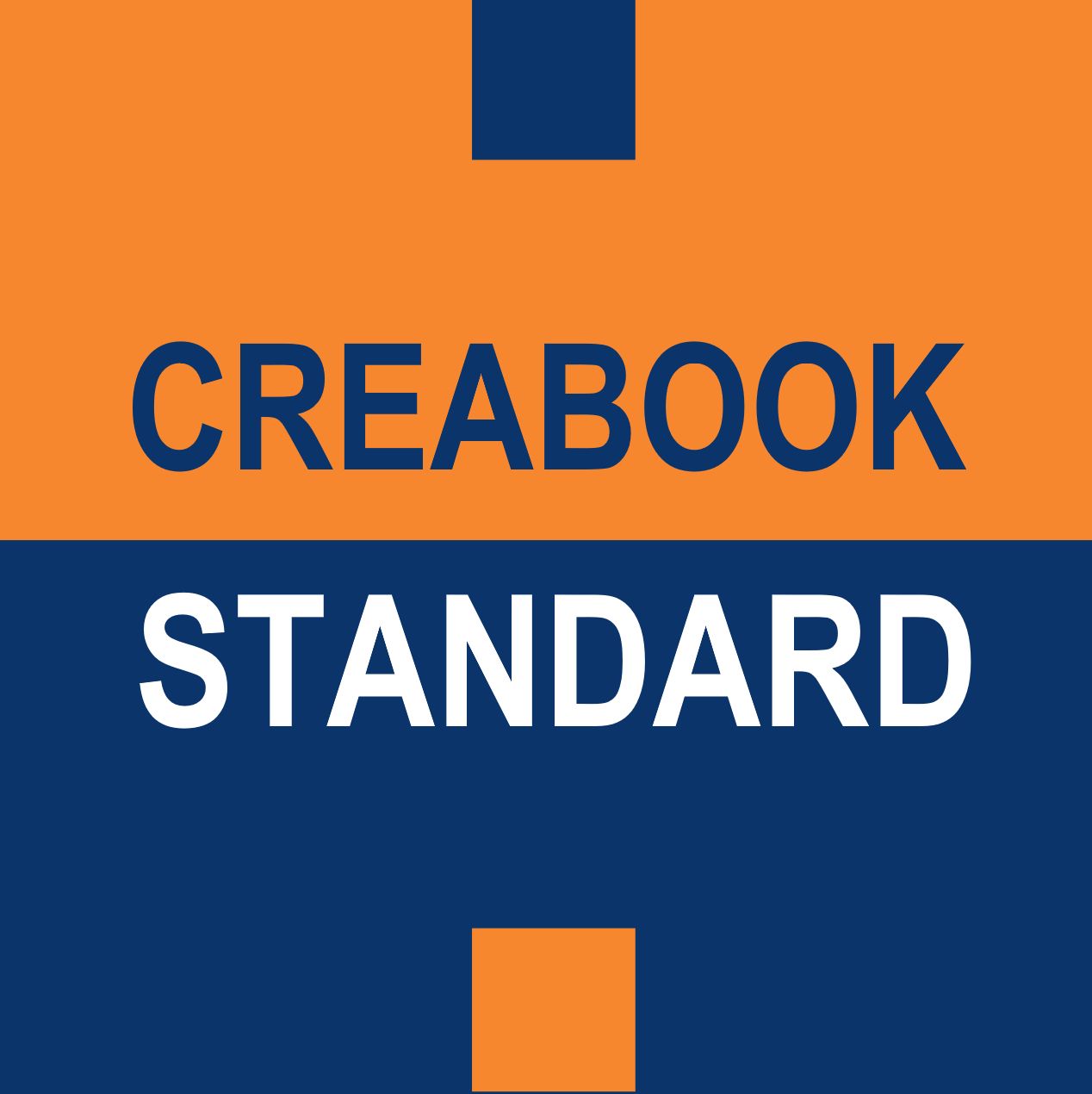According to one of the lessons learned in school, it is recommended to finish writing your chapters before focusing on the introduction. The introduction consists of two parts: a biography related to your creation and a presentation of the legal framework that supports the declaration of your intellectual property rights.
0.1 Biography
Some jurists affirm that a creation bears the imprint of the author’s soul. It results from their personality, education, life experiences, and imagination. Writing your biography aims to highlight the special relationship between your life and the creation.
Refer to the reference example
Alain Souloumiac’s biography explores the origins of the World Creator Society, detailing the motivations that drove him to establish it. Through this biography, he unveils the challenges startups face while tracing his own journey as an inventor and entrepreneur.
Among his notable achievements, he mentions the creation of a new standard for the layout of electronic keyboards. Through a series of patent filings and the formation of a team comprising executives, engineers, and sales professionals, he managed to secure funding for the development of their innovative keyboard “Tempest” from the Ministries of Defense and Industry. This initiative led to the birth of the startup Quintel SA in 1986.
Despite the technical successes of his disruptive innovation, Alain Souloumiac and his team encountered difficulties when one of the keyboard manufacturers he had proposed a partnership to violated their non-disclosure agreement and used their influence to seize the market.
After initiating a patent infringement action before the Paris court, Alain Souloumiac received support from the European Union of Inventors. The president of the French Union, George Herrmann, then asked him to write an article for their magazine on “the rights of independent inventors” and to become their intellectual property advisor.
In 1992, he published the article “Unity of Copyright,” in which he argued that patent law was a branch of intellectual property and should also be based on copyright. This new paradigm aimed to give independent inventors a significant role in driving technical progress.
Due to the shortcomings of the patent system, which did not provide for verifying the authorship of claimed innovations, the principles enshrined in the Universal Declaration of Human Rights could not be effectively implemented by the law for a long time, depriving many creators of the opportunity to exploit their innovations.
It is this new paradigm of intellectual property that Alain Souloumiac and the World Creators Society advocate for today, supporting numerous startup creators on their path to success.
0.2 Legal Framework
In this section, you will highlight the legal force of the CreaBOOK by citing the legal texts that courts must consider in case of disputes. Take the time to carefully read the following reference example by clicking on the excerpt. Its content has been included in your document outline. If you find it appropriate, you may retain the mentioned French examples and supplement them with other relevant references to cite.
Refer to the reference example
0.2 Ensuring Compliance with Applicable Law
0.2.1 Applicable Law
⇒ Current Applicable Law:
The Berne Convention, which states in its first article that: “The term ‘literary and artistic works’ shall include every production in the literary, scientific, and artistic domain, whatever the mode or form of its expression may be.”
Article 27 of the Universal Declaration of Human Rights and Article 15-1-c of the International Covenant on Economic, Social, and Cultural Rights, which stipulate that: “The States Parties to the present Covenant recognize the right of everyone […] to the protection of the moral and material interests resulting from any scientific, literary, or artistic production of which he is the author.”
Article 10 of the WTO Agreement on Trade-Related Aspects of Intellectual Property Rights (TRIPS), which states that “computer programs, whether in source or object code, shall be protected as literary works under the Berne Convention (1971).”
Article L112-4, which provides that “The title of a work of the mind, as long as it is original, is protected as the work itself.”
Article L 711-2 of the French Intellectual Property Code, which states that: “A trademark that infringes on copyright shall not be validly registered, and if registered, may be declared null and void.”
Considering the protection of copyright that applies to all standards;
⇒ Protects the content and claims of the CreaBOOK, namely:
The designation identifying the CreaCORN;
The chosen design representing its implementation;
The standard based on the gradual reinforcement of the rights of startups over the results of their creative work;
The operational charter safeguarding its ethical integrity;
Its financial valuation strategy.
Remark: By reaching this point, you have already taken a big step in understanding the mechanisms of intellectual protection. We will now delve into the heart of the matter by exploring the details of your creation.
